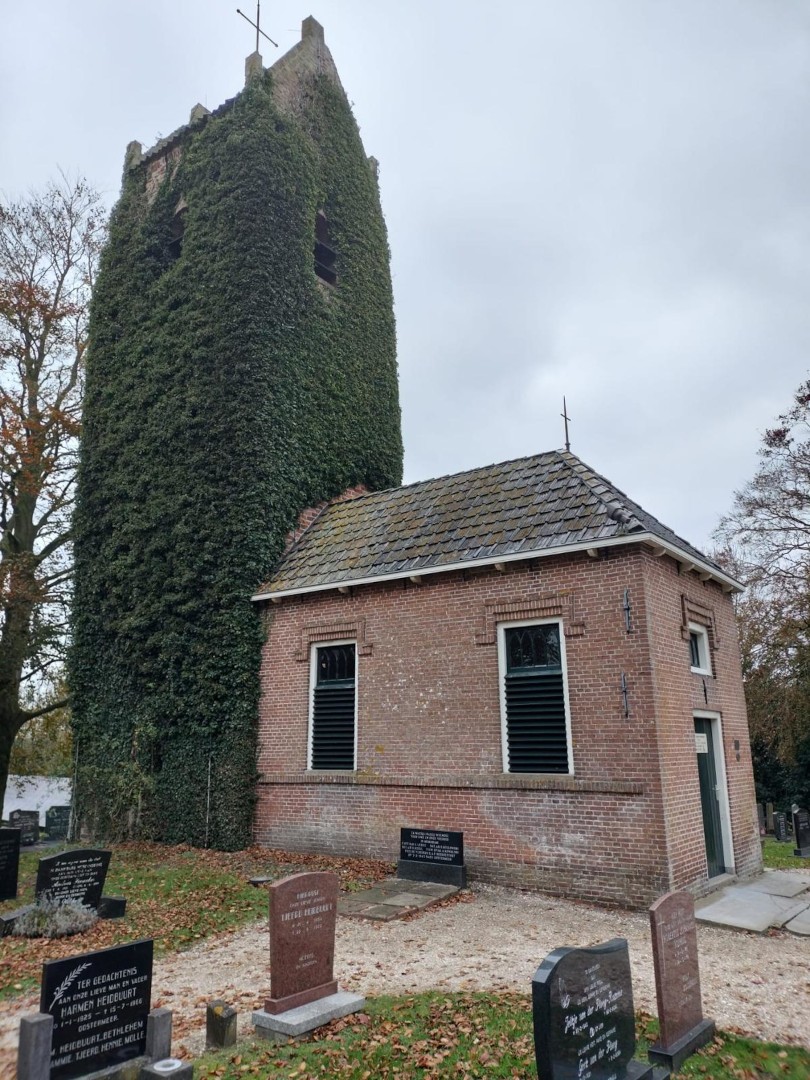Their mission: to bomb the German city of Hamburg, as part of the Allied air campaign aimed at weakening the German war industry.
The crew consisted of: Eugeniusz Lesisz (pilot), Bronisław Kozłowski, Henryk Gzell, Antoni Kowalski, and Roman Seredyn (the only survivor).
On the return flight from Hamburg, the aircraft was intercepted over the northern Netherlands by a German night fighter piloted by Unteroffizier Alois Oost of 12/Nachtjagdgeschwader 1. Around 21:37, the bomber was hit and crashed in the area between Drogeham and Oostermeer (Eastermar).
Four of the five crew members were killed. Sergeant Seredyn managed to parachute to safety but was captured shortly afterwards by the Germans and spent the rest of the war as a prisoner of war.
The four fallen airmen were initially buried in the Dutch Reformed cemetery in the hamlet of Hoogzand (Heechsân) near Oostermeer. In 1962, they were reinterred in the Polish War Cemetery in Breda, where hundreds of Polish soldiers who died during the liberation of the Netherlands are laid to rest.
The Monument
In memory of these brave Polish airmen, a memorial was placed against the Groene Toren on the cemetery in Hoogzand.
The monument consists of a black marble stone engraved with inscriptions in both Polish and Dutch. It bears the words:
“Za waszą i naszą wolność”
(For your freedom and ours)
Beneath this inscription are the names of the four fallen crew members and the date of the crash: February 3, 1943.
